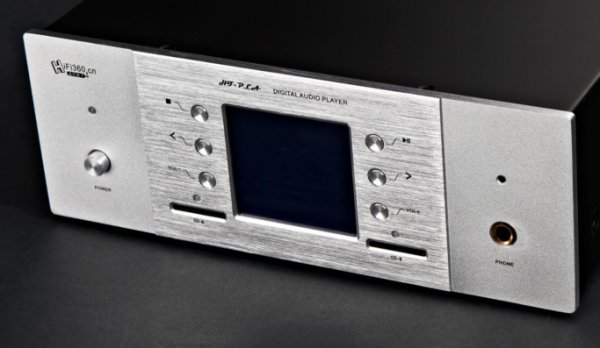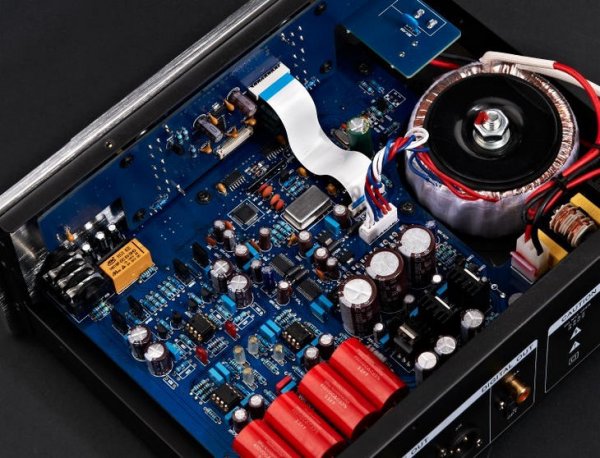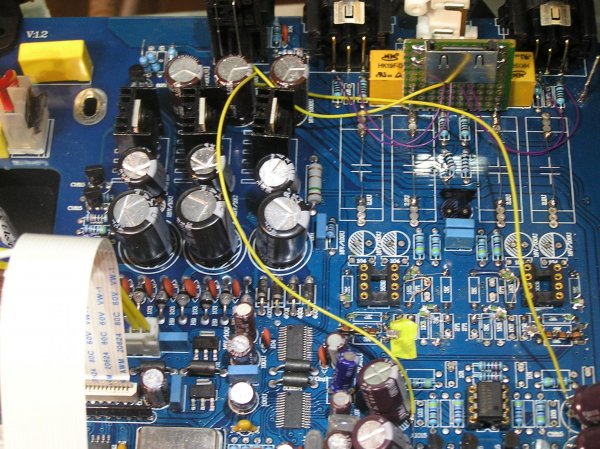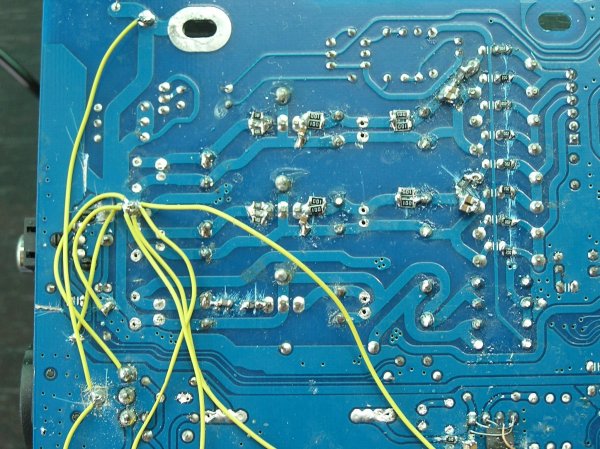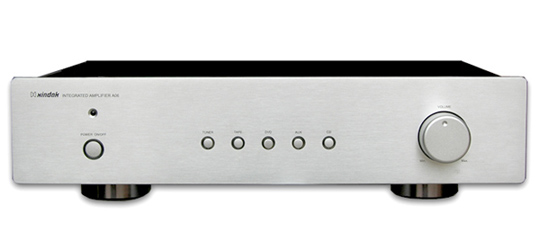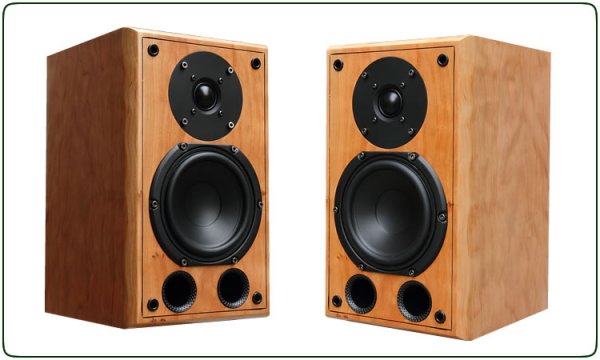I was originally intending on posting a follow-up with my report from listening - but I got rather diverted from that mission, here's how.
Preliminary and quick listening comparisons showed not such a great difference between my reference DAC (a Muse 4 * TDA1543 modified to use 8 * TDA1387s) and the SD player's analogue outs as I'd heard through my actives so I was left scratching my head as to why the hot-rodded Muse had lost some of the life I was accustomed to hearing. Mulling over the internals of the Xindak my attention fell on the input opamp - a fairly lowly AD712. A quick check of its datasheet shows it has rather poor PSRR, meaning its sensitive to its power supplies to a large degree. Investigating how it was powered revealed the use of LM317/337 regulator ICs but rather poorly implemented. These chips do well enough in the audio frequency range but suffer from poor HF rejection so really need passive filtering on their inputs to give of their best - the designer hadn't realized this. Also they're rated for over 1A of output current - when feeding an opamp that requires just single digit mAs they barely hit their stride. Finally their physical distance from the AD712 was considerable, meaning long tracks between the two which tend to pick up noise.
If there's one general principle that I've found in designing good-sounding audio circuits, its this -
keep loops as small as possible. If for some reason a small loop is infeasible, then make the largest part of that loop very high impedance. Power supplies normally need to be of the lowest impedance, so long loops of power supply wiring are to be avoided or minimized. However I wasn't up for physically moving the regulators or the opamp in this case, so I went for making the power supply wiring high impedance over most of its travel, by means of shunt regulators. The shunts themselves are a single device which looks just like a transistor and they offer a low impedance - less than 0.5ohms. They're also stupidly cheap, 2 cents or so and hence one of the frugal audiophile's best ever friends

Because they're so compact they can be placed extremely close to the device they're regulating the power of. The outputs of the LM317/337 regulators I converted into high impedance - current sources - so that the long wires didn't matter nearly so much.
It turned out that while the LM317 (positive regulator) was happy with its new role as a high impedance current source, its complementary partner the LM337 (negative) wasn't. Fortunately current sources are androgynous, they don't care which polarity they work in so I junked the LM337 (they're more expensive too!) for a second LM317 wired backwards. The result was true sonic bliss - in one important aspect - soundstage depth - this set up now bested my actives.
Having discovered the audible delights of using shunts in the power supplies, I felt it would be unfair not to give the SD player's analog stage the benefit of these mods, so that now has received a pair of shunts and its series regulators are now current sources. A quick listen and I didn't notice much change but then its using LM6172s which are far less sensitive to power supply quality than the AD712.
As part of the power supply modifications, I fitted a socket to the AD712 so I could experiment with rolling opamps. This was rather instructive - the JFET types I tried had better soundstage depth and 'bloom' than the bipolar ones. But they also introduced some HF colourations to differing degrees. A case of picking my poison I guess...
